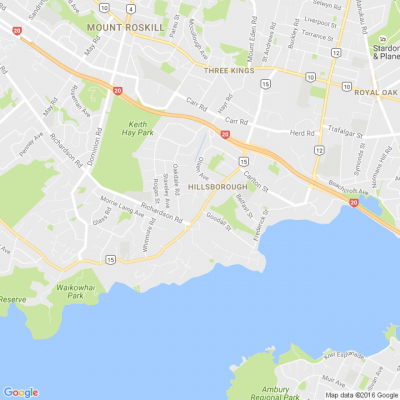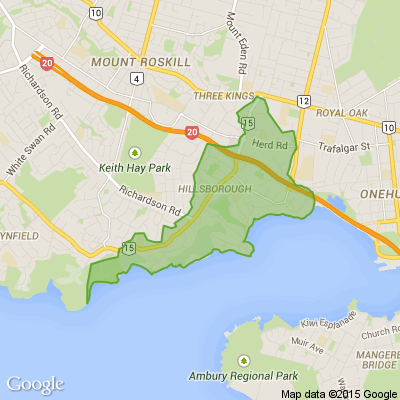POLICE----Don’t be a ‘bad egg’ this Easter long weekend
Police are on a hunt for bad eggs this Easter.
Across the Auckland region, Police will be rolled out and on the lookout for poor driving behaviour putting others at risk.
Tāmaki Makaurau Road Policing Manager, Inspector Scott Webb, says everyone can play a part in keeping the roads safe.
“It will come as no surprise to us Aucklanders that the roads leading north and south of the city will be busy,” he says.
“Easter is traditionally the last long weekend with the warmer weather, and many people look to take advantage of extra days off.”
Inspector Webb says it pays to be prepared and patient before heading out over the weekend.
Expect to see Police visible across the roads and motorway network, working to prevent unsafe behaviours and enforcing the law.
“It’s all about drivers and road users making simple decisions to keep themselves and others safe, “Inspector Webb says.
“We would rather you overindulge in chocolate and hot cross buns, rather than alcohol.
“Police will be carrying out checkpoints across many locations, so don’t be surprised if you are stopped and breath tested.”
Make sure everyone, including your sweet precious cargo, is safely restrained when travelling to your destination, Inspector Webb says.
“We want everyone to have a safe and enjoyable Easter,” Inspector Webb says.
“We, along with our road safety partners at NZTA and Auckland Transport, can all play a part in reducing road trauma and the devastating impacts it has on families.”
Top tips:
=======
• Plan your trip, allow plenty of time, and check the NZTA website for essential travel updates: www.journeys.nzta.govt.nz...
• Eyes on the road – and not your devices
• Take a second – split-second decisions to drive after drinking can be life changing
• Kids onboard? Make sure they’re in the correct child restraint seats
State Highway One through the Brynderwyn Hills will also temporarily re-open for the long weekend from 12.01am on Thursday 28 March to 11.59pm on Tuesday 2 April, for travellers heading to or from Northland.
==================================================
Out with the Old, In with the Confusing!
I have hands but can’t clap.
What am I?
Do you think you know the answer to our daily riddle? Don't spoil it for your neighbours! Simply 'Like' this post and we'll post the answer in the comments below at 2pm.
Want to stop seeing riddles in your newsfeed?
Head here and hover on the Following button on the top right of the page (and it will show Unfollow) and then click it. If it is giving you the option to Follow, then you've successfully unfollowed the Riddles page.

Share your summer photos! 📷
Taken some beautiful snaps lately? Whether it's rainbows, sunsets or a beautiful summer's day, we'd love you to share the joy with us.
Share a photo in the comments below

We're talking new year resolutions...
Tidying the house before going to bed each night, meditating upon waking or taking the stairs at work.
What’s something quick, or easy, that you started doing that made a major positive change in your life?








 Loading…
Loading…




